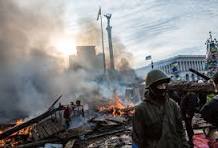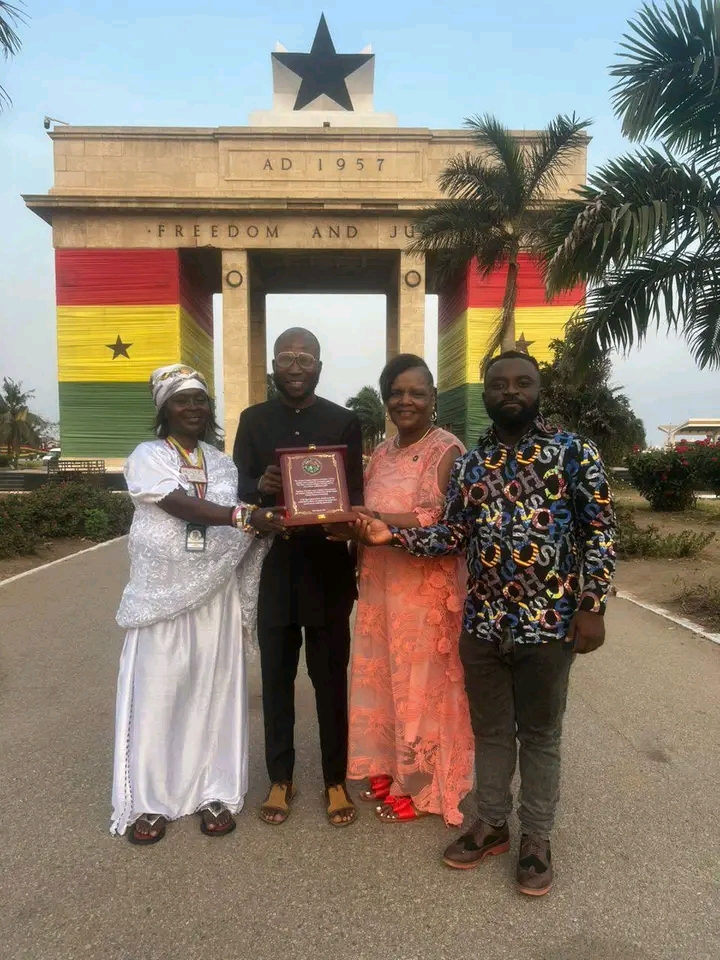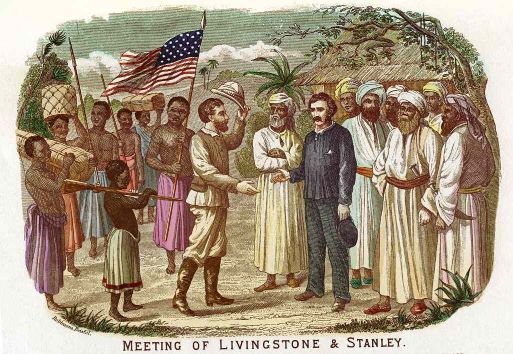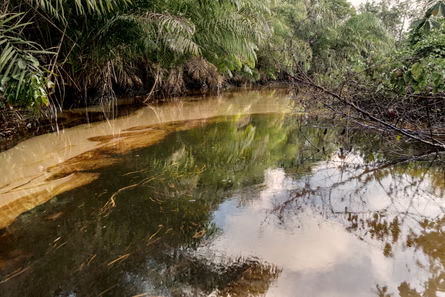Dagbon maiden Home Coming event to shape the Kingdom’s Dev’t discourse
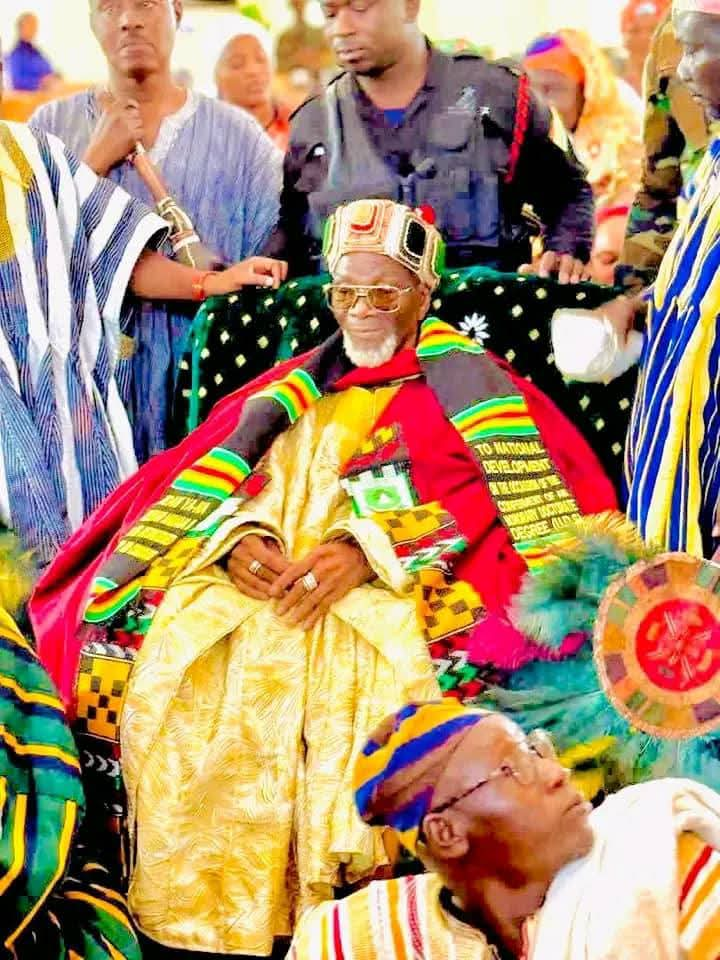
By: Mohammed A. Abu The first edition of the Dagbon Home Coming 2025, is scheduled to take place from the 19th-27th December.in Yendi,the seat of Kingship of the Dagbon Kingdom, Northern Region of the West African nation of Ghana. The…

